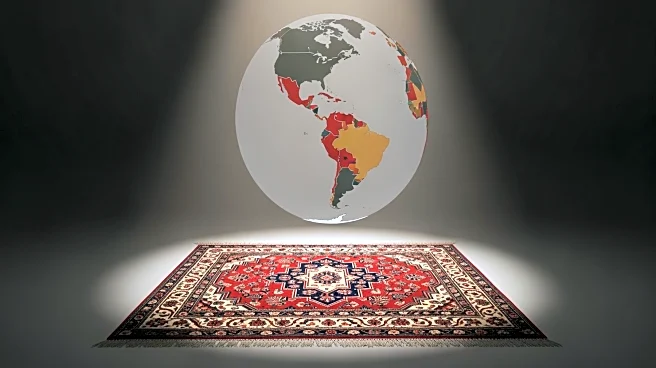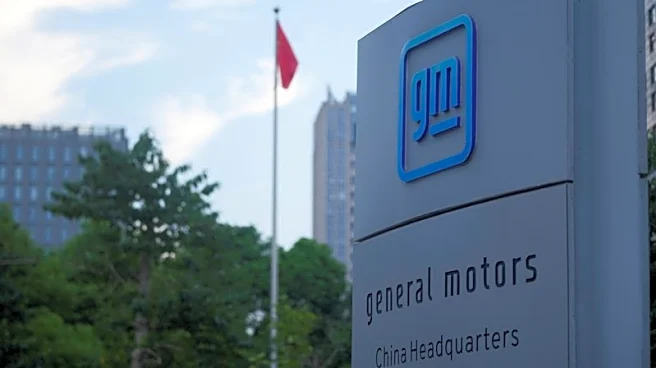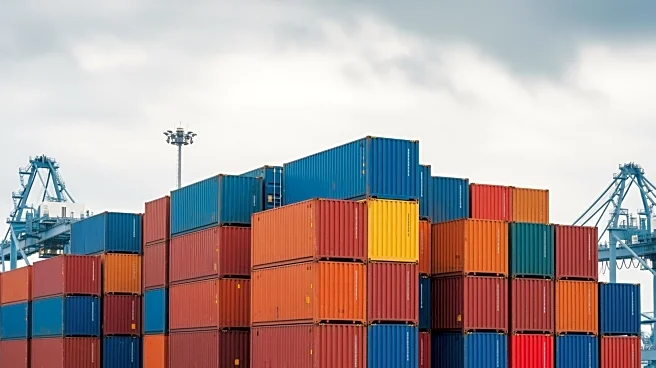What's Happening?
General Motors (GM) is actively restructuring its supply chain by directing thousands of suppliers to shift sourcing away from China, with some deadlines set for 2027. This move is aimed at increasing
resilience amidst tariff volatility and component shortages. The initiative is part of a broader trend where U.S. automakers are localizing inputs, while Chinese industrial champions expand globally. Despite the challenges, the transition is expected to be slow and costly due to the deep-rooted supply chain networks established over decades.
Why It's Important?
The restructuring of GM's supply chain reflects a significant shift in the automotive industry towards resilience over cost-efficiency. This move could impact U.S. automakers by reducing dependency on Chinese components, potentially leading to increased production costs and supply chain complexities. However, it also opens opportunities for innovation and diversification in sourcing strategies. The global expansion of Chinese suppliers could lead to more competitive markets and influence trade dynamics across regions such as Europe, Southeast Asia, and Latin America.
What's Next?
GM's 2027 target for suppliers to sever ties with China is ambitious, requiring substantial investment in new vendor tooling, quality certification, and inventory management. As Chinese firms continue to upgrade domestically and invest in foreign plants, the supply chain landscape is expected to become more distributed and resilient. This could lead to dual-track production systems, with localized assembly in North America and Chinese-led components feeding into global markets.
Beyond the Headlines
The shift towards supply chain resilience highlights the growing importance of strategic supplier relationships and innovation in manufacturing. As companies navigate tariff risks and geopolitical tensions, the ability to adapt and diversify sourcing strategies will be crucial for maintaining competitive advantages. The evolving supply chain dynamics could also influence regulatory policies and international trade agreements.












